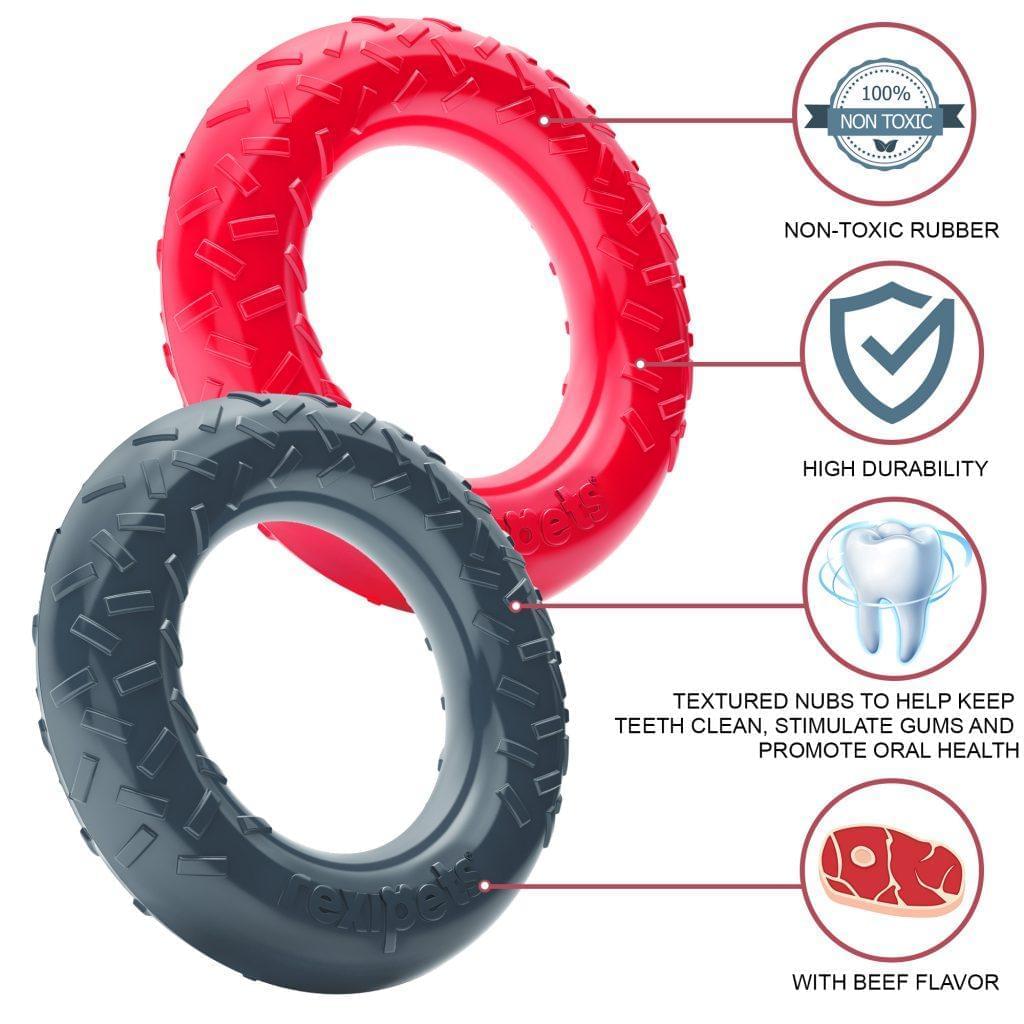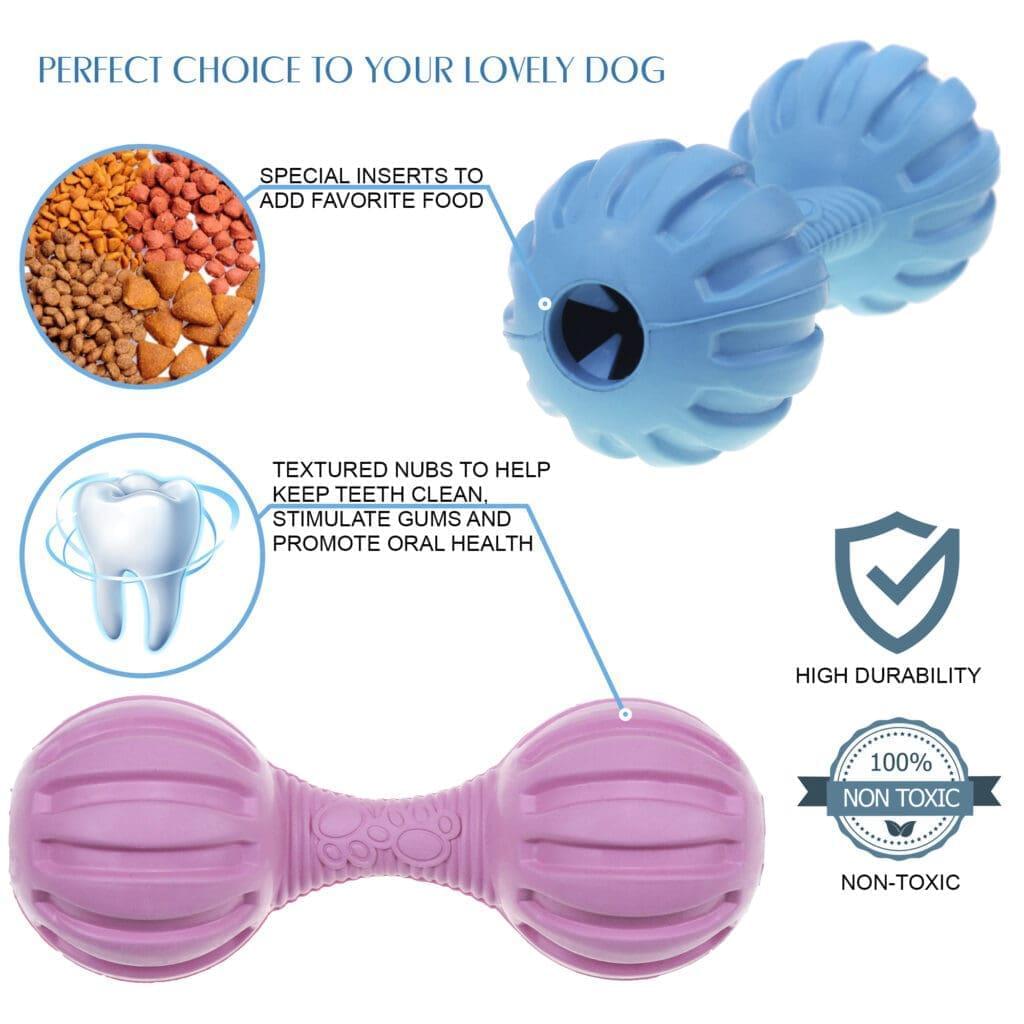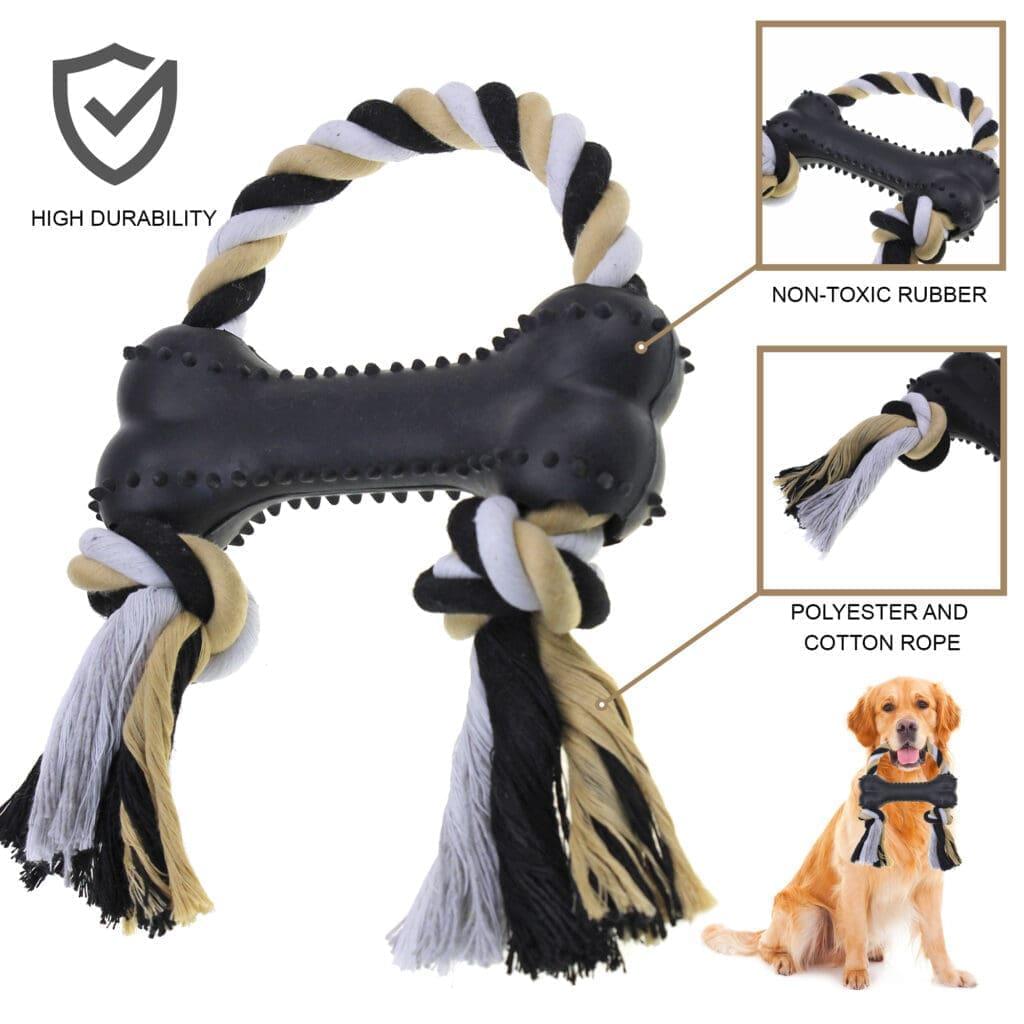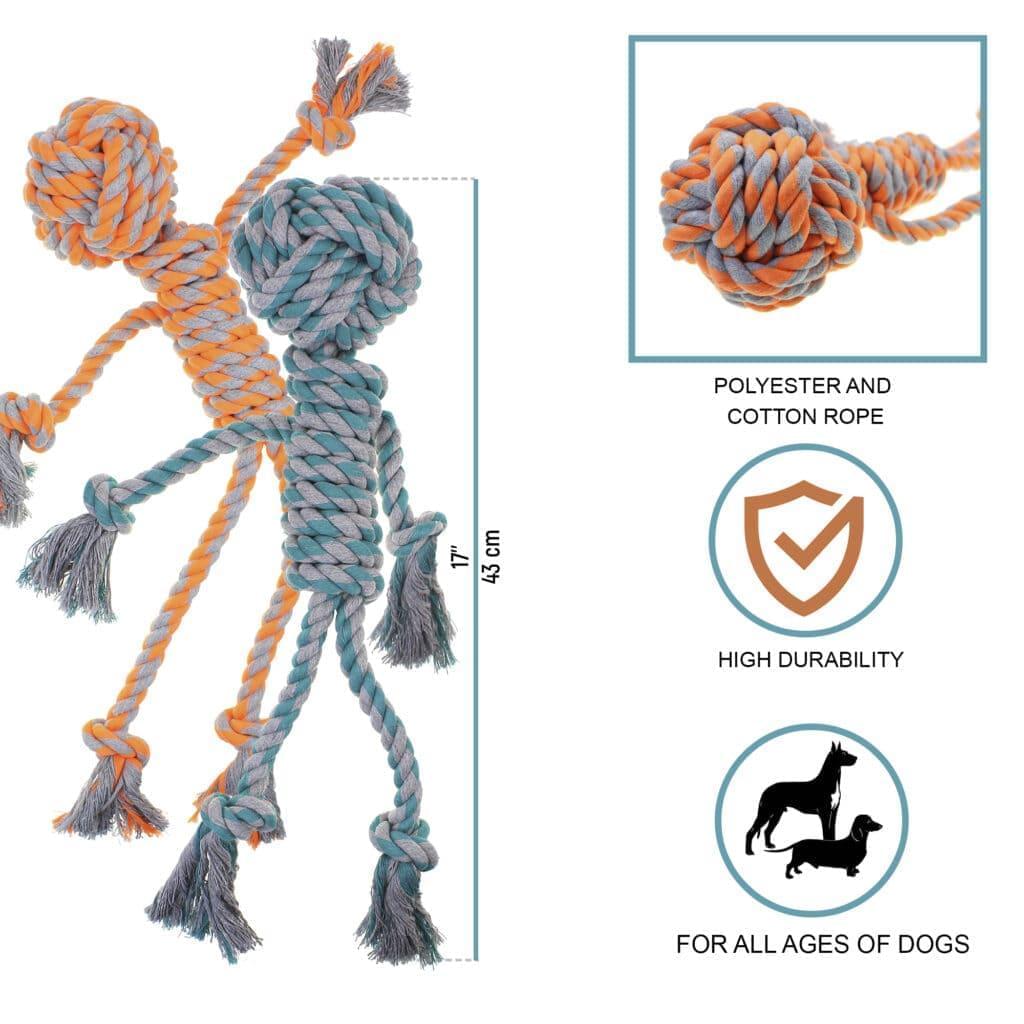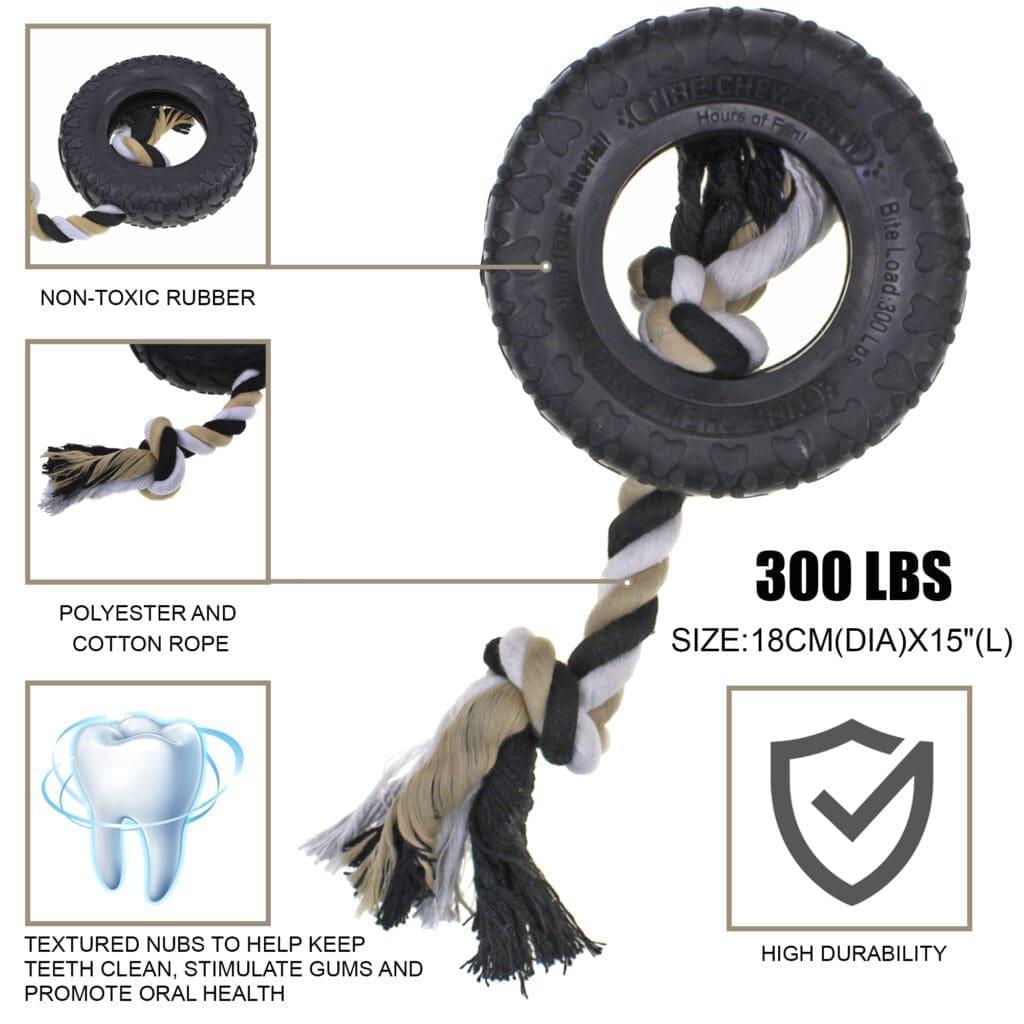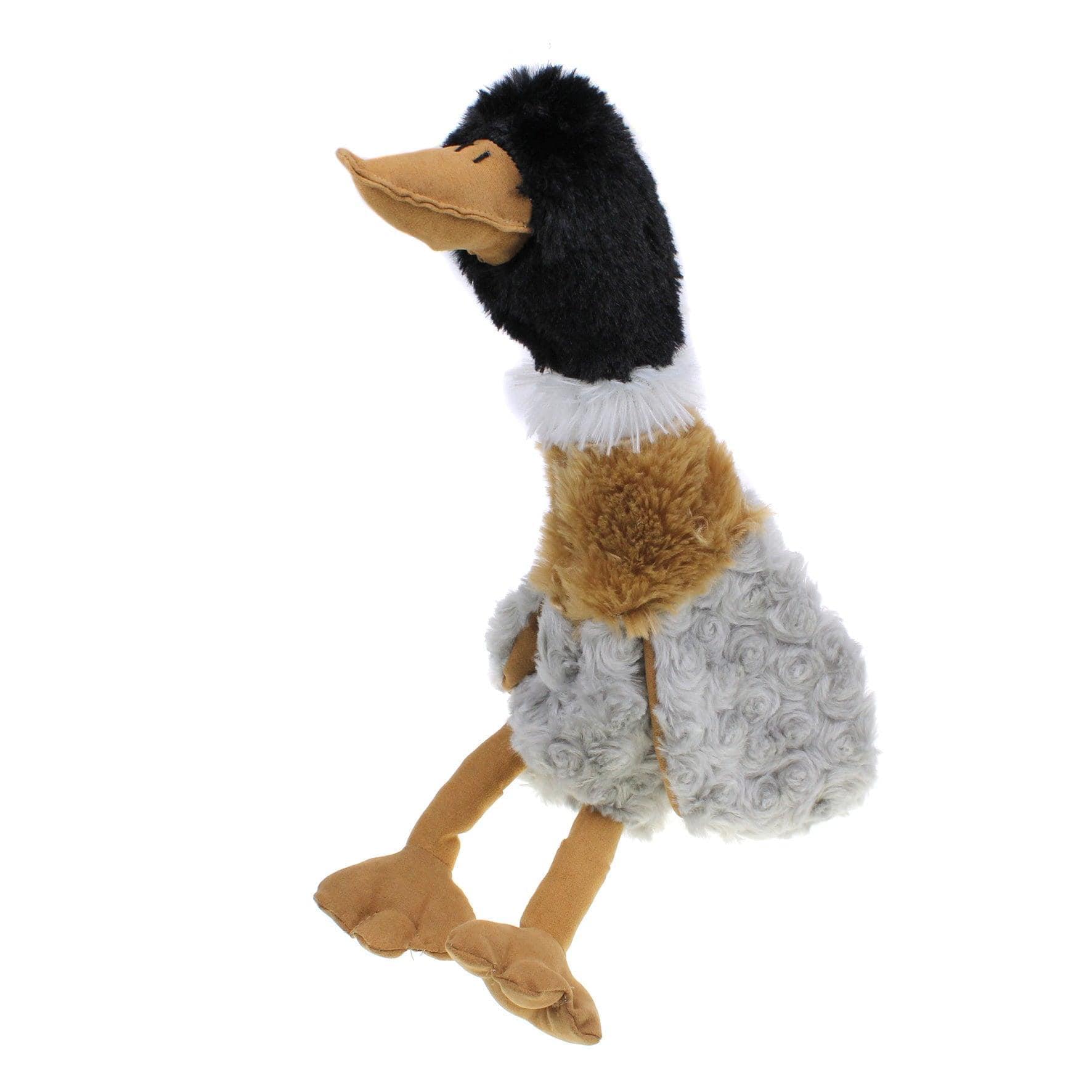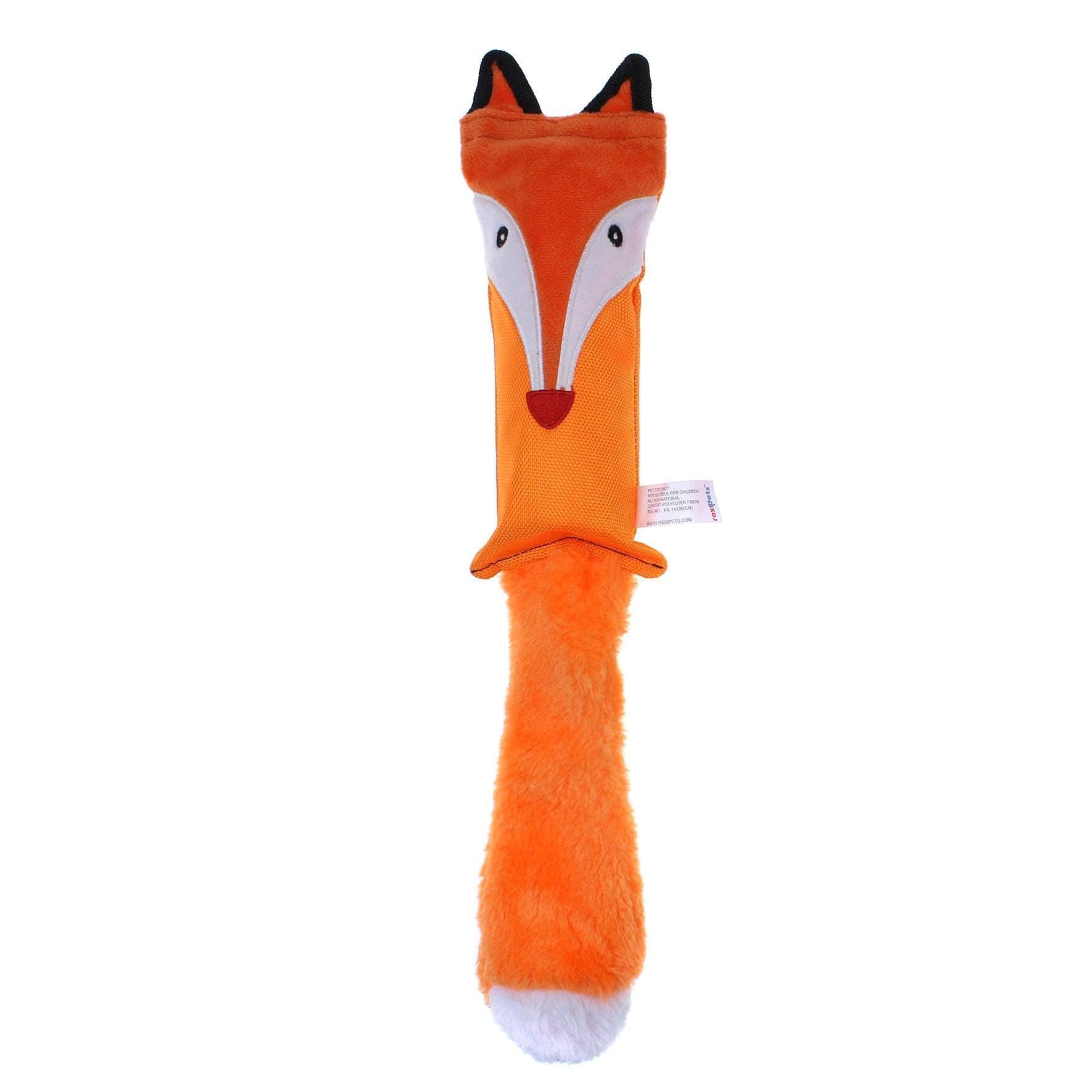Imagine this. You Google, 'Why is my dog getting sick again and again?' And you get horrified when the search results say that dog toys have millions of germs that can make your furry friend sick.
Don't be bewildered. There is a simple solution: frequently cleaning your dog's toys to ensure your pet stays healthy.
Need to learn how to clean your dog's toys? We will help you with that.
In this post, we will answer your questions about washing dog toys.
Why Is It Important To Have Clean Dog Toys?
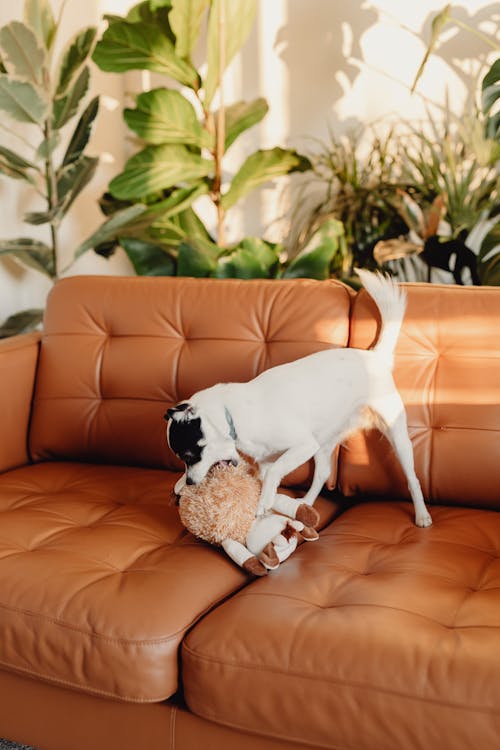
Having clean dog toys is essential to keep your pup healthy and happy. Dirty toys are breeding grounds for germs and can put your furry friend at risk of developing an infection or illness.
Dogs typically play with their toys using their mouths. Therefore the toys must be washed and disinfected frequently. Toys get dirty, and bacteria and germs also like to grow on those slobber-covered, dragged-through-the-mud, tugged-on, chewed-on, and utterly adored toys.
Despite the myth that dogs' saliva has anti-bacterial qualities, their mouths are full of germs. Since dogs use their mouths to play with toys, filth tends to accumulate on those toys quickly.
Your pet's toys may also be carrying hazardous fecal contaminants like E. coli or Giardia, which can spread to people. In addition to this, you should also clean slicker brush, clippers, and other grooming accessories to keep your dog clean.
So it is important to periodically clean your pet's favorite toy.
How Often You Should Clean Dog Toys?
According to research by the National Sanitation Foundation, dog toys are among the top 10 dirtiest household items. Thus, it is a good idea to clean them thoroughly at least once a month. However, weekly cleaning would be ideal.
Cleaning toys daily is an excellent idea for those dogs who play rough. Their toys usually get covered in slobber, grime, and who knows what else. This is especially true for any toys that have been used outside.
Regularly cleaning dog toys is crucial for dogs on raw-food diets. Studies indicate that raw diets may contain dangerous bacteria like Salmonella and Listeria.
As pet parents, you and your family are also at risk of contracting these germs while handling dog toys.
How Should You Clean Dog Toys?
We now know how important it is to wash your dog's toys and how often you should clean them.
Because of increased demand, there are now a variety of dog toys at the pet store. These include plush toys with squeakers, rope dog toys, nylon chew toys, and hard and soft toys.
While the goal remains to clean and disinfect these various toys, various cleaning methods can be used to deal with the different types.
Let's find out how to clean different types of dog toys.
1) Plush dog toys with squeakers
To avoid glue or other plastic parts melting in the squeaky plush dog toys, wash stuffed toys in cold water with a scent-free, all-natural laundry detergent.
Most plush toys are safe to wash in the washing machine, but it is vital to refer to the cleaning instructions on the specific toy before putting them in the washing machine.
Washing plush toys on a gentle cycle in the washing machine is essential. You can also hand wash these soft toys if you feel like the toy is too delicate, even for the gentle cycle.
If you want to have a deeper dive into this topic, you may like this.
2) Rope dog toys
Rope toys for dogs can be cleaned in several ways. You can clean them in the washing machine or the dishwasher on a hot cycle without detergent. Microwave sanitization can also be done with rope toys.
Make sure your rope toys have no plastic or metal attachments before putting them in the dishwasher or microwave.
You may also like: 2 Simple Methods How To Clean Dog Rope Toys
Be sure to rinse the toy under running water to get rid of any dirt or debris before putting the rope dog toys in water to soak. Then put it in the microwave or the dishwasher on high to clean and disinfect it.
3) Alternative techniques for disinfecting dog toys
At times the cleaning instructions on the toy don't specify dishwasher safety.
Simply let them take a long bath in your sink after filling it with hot water and some apple cider vinegar. This helps disinfect the dog's toys.
You could also clean them using a scrub brush with hot water and a pet-safe detergent.
4) Rubber, Plastic & Nylon Dog Toys
Most plastic, rubber, and nylon chew toys can be washed in the dishwasher with particular precautions.
Certain toys should not be washed in a dishwasher because the intense heat could cause them to deform, break, or release dangerous chemicals (Phthalates and BPA).
Before you put any toy in the dishwasher, make sure to complete the following steps:
- Ensure that the toy is dishwasher safe. Check the product label or manufacturer's website.
- Guarantee that the toys are free of any dangerous or potentially fatal substances or ingredients. Check the product labels or the manufacturer's website.
- Toys produced with PVC, BPA, Phthalates, Lead, Cadmium, Chromium, Malamine, Arsenic, and Bromine should ideally be avoided for your dog's safety.
- Before putting something in the dishwasher, remove any extra dirt and debris. Ideally, use a toothbrush or bottle brush to pre-clean any gaps or holes.
- To stop detergents from getting inside or soap residue from being left behind, tape any holes or apertures.
After washing, thoroughly rinse with excess water to get rid of any soap scum, and then dry completely.
Only use pet-safe dishwasher detergent to kill germs without exposing your pets to harmful chemicals.
5) Hard or grooved dog toys
Certain hard dog toys can be washed in the dishwasher. At times, the cleaning instructions that come with dog toys don't specifically state that these can be washed in the dishwasher.
It is recommended to hand wash your toy with an all-natural scent-free antibacterial soap instead of commercial laundry detergent or any other alternative with dangerous chemicals.
Use an old toothbrush to wipe any grooves or holes in the hard dog toys for deep cleaning. Make sure to rinse off and dry your toys before giving them to your dog.
6) Cleaning toys for dogs that have been exposed to parvovirus
Acute gastrointestinal illness in pups is normally brought on by the extremely contagious canine parvovirus (CPV), a viral illness that affects dogs.
Some symptoms of Parvovirus include:
- Lethargy
- Abdominal pain
- Loss of appetite
- Bloating
- Fever or low body temperature (hypothermia)
- Vomiting
- Frequently bloody diarrhea
Intestinal and immune system damage can result in septic shock, and persistent vomiting and diarrhea can quickly dehydrate your dog, so it is important to not just look out for symptoms but to also take precautionary measures.
Since parvo is one of the most contagious and lethal viruses, just cleaning the dog toy in the washing machine on a gentle cycle is not enough.
When washing these toys, you have two options: choose a pet-safe detergent or skip using any detergent.
Stuffed toys can be cleaned by sprinkling baking soda and hand washing them with white vinegar and water. Afterward, dry the dog toys outside naturally on a clothing line or in the dryer. But make sure you don't use dryer sheets.
To avoid mold growth, ensure the plush dog toys are completely dry before giving them to your pet or storing them in your dog's toy bin.
Precautions For Washing Your Dog's Toys
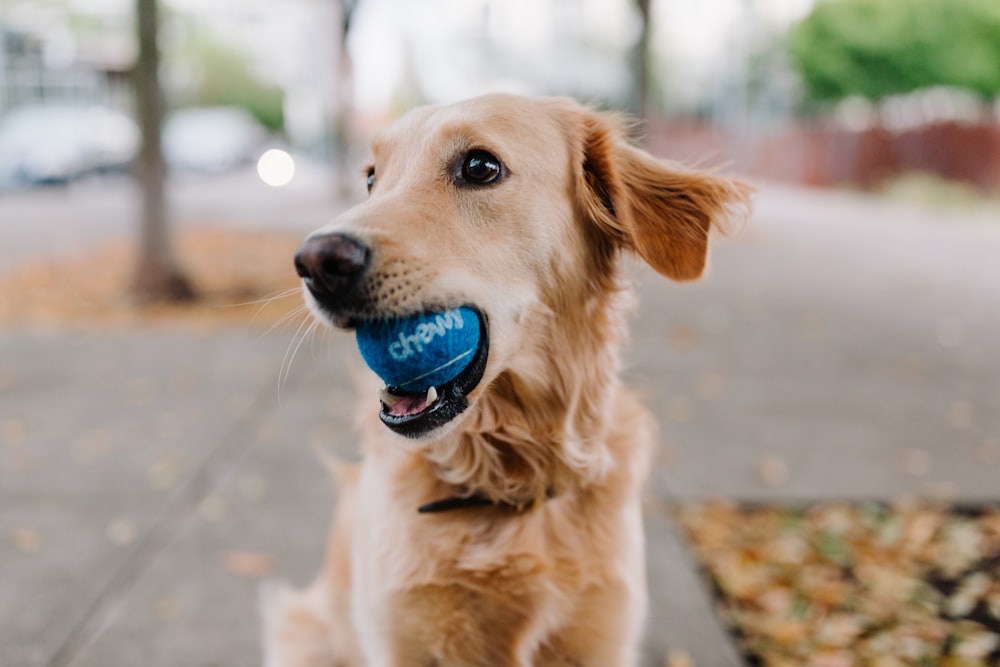
Here are some precautions that you need to keep in mind for dirty dog toys:
1) Taping over holes
When cleaning chew toys or rubber toys, make sure to tape any holes to prevent the cleaning solution from entering the chew toys.
Be mindful that some chew toys may eventually get too worn for your dog to utilize safely. Get rid of the toy if it has holes because your dog can consume plastic or fabric.
2) Knowing when to part ways
As a pet parent, understanding how to wash dog toys is essential. But knowing when to part ways with your dog's favorite toy is crucial.
Different toys have different signs that can inform you that it's time to let go. If it's a plush toy, it may get holes, rips, and tears, making the stuffing come out. If this happens, it's time to toss it.
For hard pet toys, if it is chewed a lot to the extent that they can't be cleaned even with a small brush, it is best to throw it out!
3) Looking out for hazards
Regardless of construction material, the dog toy should not have any pieces falling off because they can be choking hazards for your dog.
Look out for all these signs, and use your best judgment to make this call for dirty dog toys!
Advantages of washing dog toys regularly

There are several advantages of cleaning dog toys. Some of them are:
Inspection and caution
Cleaning your pet's toys on a regular basis allows you to inspect them for wear and tear.
Dog toys that have been broken could pose a choking hazard or cause an intestinal blockage if your dog ingests a large piece or multiple little pieces.
Health precaution
As dogs play with their mouths, they often attach a lot of gunk and dirt along with all sorts of germs on their toys.
Washing your dog's toys regularly kills bacteria to protect your pets and other family members from being affected by these germs.
Conclusion
Your pet’s health and general well-being should, at all points in time, be a priority for you as a pet parent.
Knowing how to wash dog toys is vital so you can protect your furry friend while keeping yourself and others in your home safe.
Making sure you know how to wash plush dog toys, and rubber toys is important as well.
So what are you waiting for? Get started with cleaning for the safety of your furry best friend!









